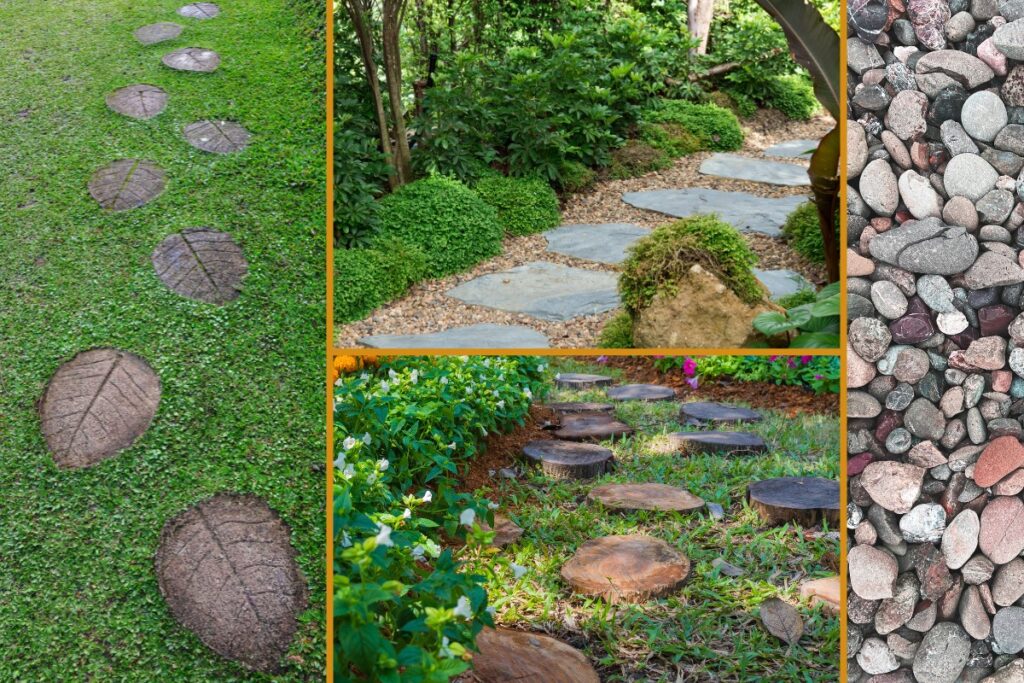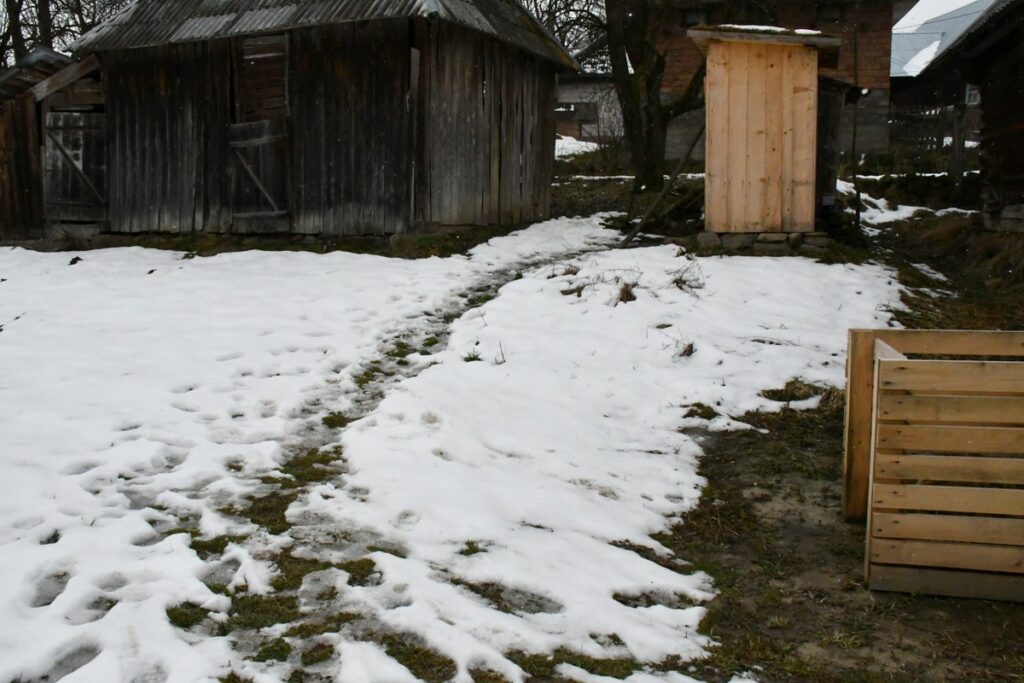In cases where there are various garden path concepts, there is likely to be at least one charming garden walkway that you can create through do-it-yourself efforts. Crafting a garden path only requires materials, hands-on work, some time, and a touch of creativity.

Why Create a Garden Path?

Begin by considering how frequently you follow established routes, such as those leading to the shed, the vegetable garden, or a bench beneath a tree. Chances are high that you typically adhere to these linear or curved patterns.
From a technical perspective, walkways and paths serve as transitions between different spaces, contributing to the definition of areas while introducing order and balance to a landscape.
On a practical note, garden paths offer a solution to avoid walking on slippery mud after rain or icy surfaces in winter. They present a direct route to your favorite spots and prevent soil erosion, which could result in muddy areas if the concept of paths is neglected.
Take, for instance, the steps leading to the entrance of your home. While reaching the rocks is fine, the path can become muddy when snow melts or during frequent rain.
Considering this, you might contemplate installing pavers as a landing to address the issue.
How Wide Should a Garden Path Be?
When it comes to garden paths, my suggestion is to ensure that it is at least as wide as a wheelbarrow. This width is practical for transporting compost and mulch to the garden. Some argue that it should be wide enough for two people to walk side-by-side, depending on the length and destination of the path. A main garden path typically requires a width of around three feet, but if you have ample space, it can extend up to five feet. Smaller offshoots can be narrower, as long as they maintain an interesting trail for people to follow.
Before embarking on your garden path project, consider the following factors:
Materials: Decide on the material for your path—options include brick, wood, stone, gravel, or others.
Construction: Assess whether you have the skills and energy to lay the path yourself or if you need to hire someone.
Design: Determine if you can handle the entire project on your own or if you require the expertise of a landscape or garden architect. Ensure that the design of your garden path is visually appealing.
Cost: The more you do yourself, the more you can save, but be mindful of the time investment. Consider the balance between saving money and spending time.
Ultimately, the scale of the project and your abilities will determine whether you need assistance in installing a garden path. Tasks like laying gravel are manageable on your own, while natural stone slabs may require heavy lifting but offer beauty and durability.
Explore various garden path ideas that cater to different preferences and garden types. You’re likely to discover something that complements your garden space and fits within your budget.
Garden Path Ideas for Natural and Stylish Walkways
Explore the charm of various pathways adorned with bricks, plants, stone steps, and more. Here are a couple of ideas to enhance your garden paths:
